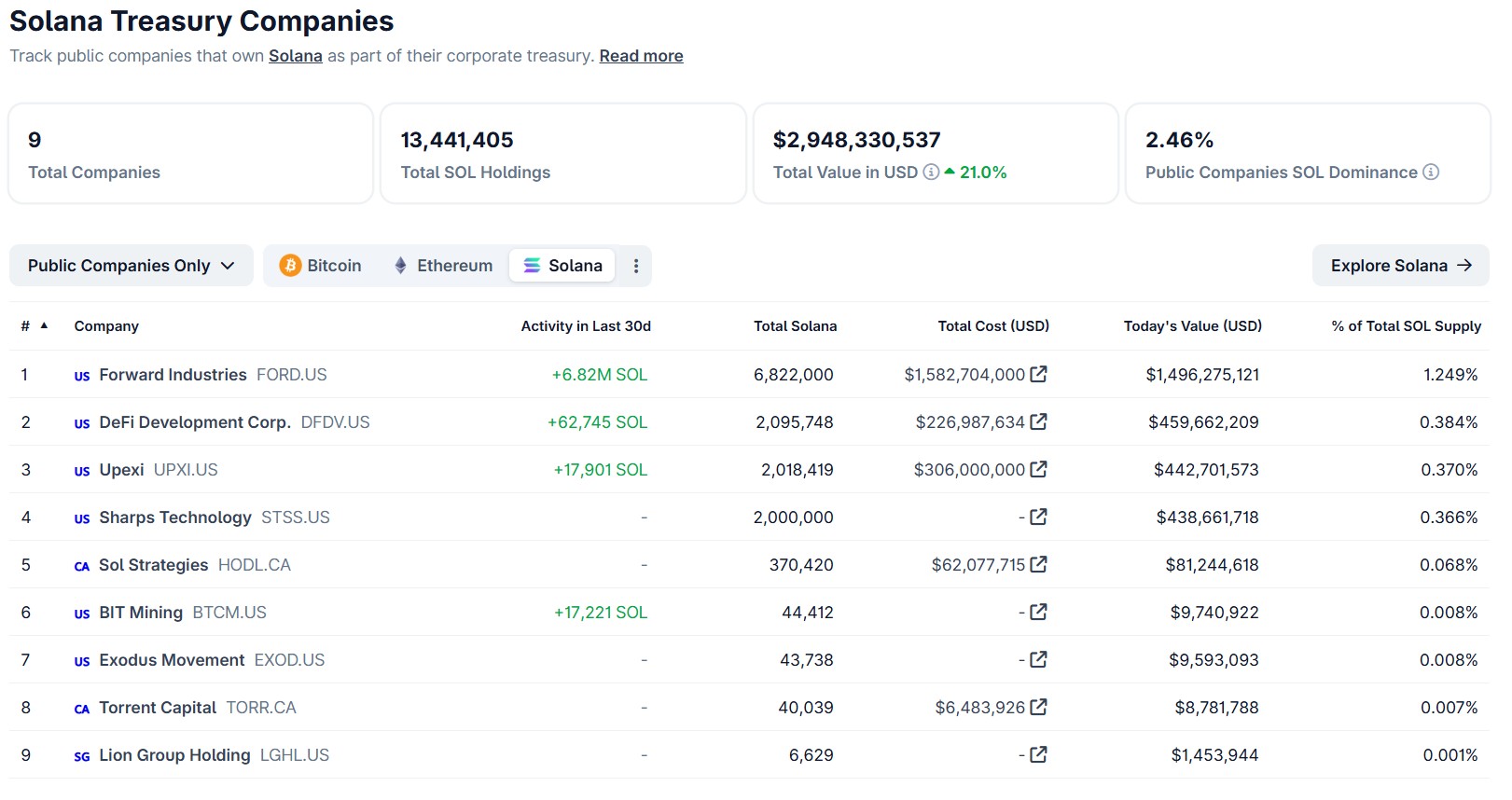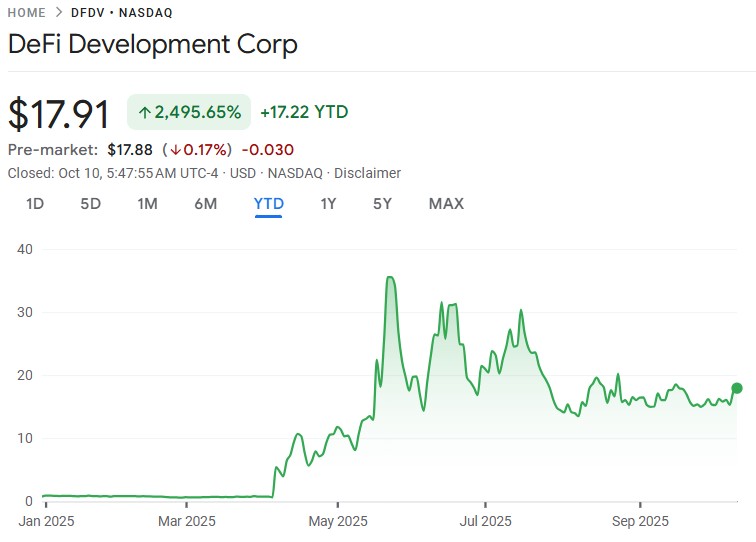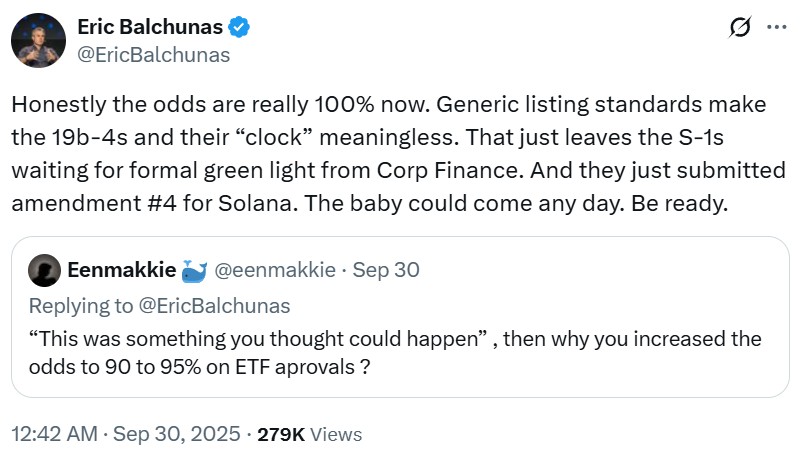
Solana Embraces the Corporate Crypto Playbook
The world of cryptocurrency is witnessing a new trend: public companies are aggressively adding digital assets to their balance sheets. Following the lead of Bitcoin and Ethereum, Solana (SOL) is now attracting corporate interest, with companies forming Digital Asset Treasuries (DATs) to capitalize on the growing demand for crypto exposure.

How Solana DATs Work: A Primer
Solana DATs operate under a relatively straightforward premise. Publicly listed companies acquire SOL tokens, aiming to increase their per-share value. This strategy provides investors with crypto exposure via traditional brokerage accounts, potentially offering returns that outpace spot prices. Unlike Exchange-Traded Funds (ETFs) that passively track an asset’s price, DATs can actively deploy their holdings, staking SOL, running validators, and engaging in DeFi strategies to generate yield.
The Upsides and Downsides of Solana Treasuries
Solana‘s treasury model offers significant advantages, but it also faces challenges. On the plus side, it allows for more rapid market entry compared to the often-delayed ETF approvals. Furthermore, DATs can create leverage without liquidation risks. However, Solana‘s liquidity currently lags behind Bitcoin and Ethereum. As of late, Solana DATs collectively hold about 2.46% of SOL’s supply, worth nearly $3 billion, according to CoinGecko.
The Solana ecosystem is gaining traction, particularly among institutional investors familiar with its high throughput and low transaction costs. This familiarity, coupled with strategic moves like the FTX estate’s sale of SOL to institutional investors, is boosting confidence and attracting capital. As Joseph Onorati, CEO of DFDV, puts it, “Solana is winning the technology race.”

Challenges and the Path Ahead
Despite the enthusiasm, Solana DATs face hurdles. Liquidity and concentration risk remain concerns. Moreover, the success of this model depends on attracting net new capital. As Tim Chen of Mantle points out, “You have to check the filings.” The model is going global, and DFDV is creating localized DATs in different countries. It remains to be seen if they can overcome the limitations.
Solana‘s current 4.24% inflation rate is programmed to decline gradually, and corporate adoption is considered a solution. Solana treasury companies are locking up tokens and signaling institutional confidence in the long term. The growth of Solana‘s treasury movement reflects a fusion of crypto-native mechanics and traditional corporate finance strategies.

The Future of DATs
Solana‘s DATs represent a significant evolution in how public companies engage with cryptocurrencies. They blend aspects of traditional corporate strategy with the innovative potential of decentralized finance. While the market will need to remain patient, DATs may become a key part of the strategy going forward.


